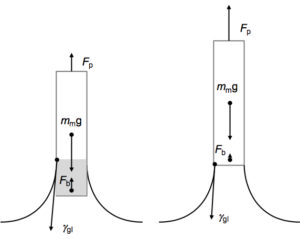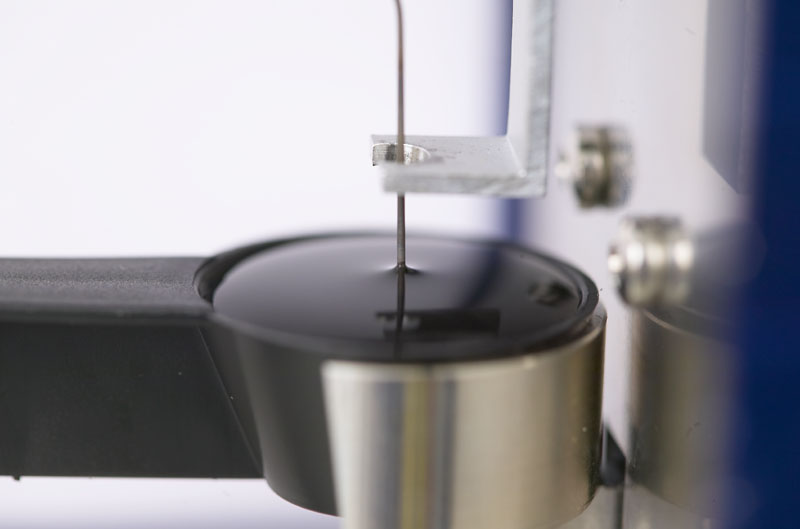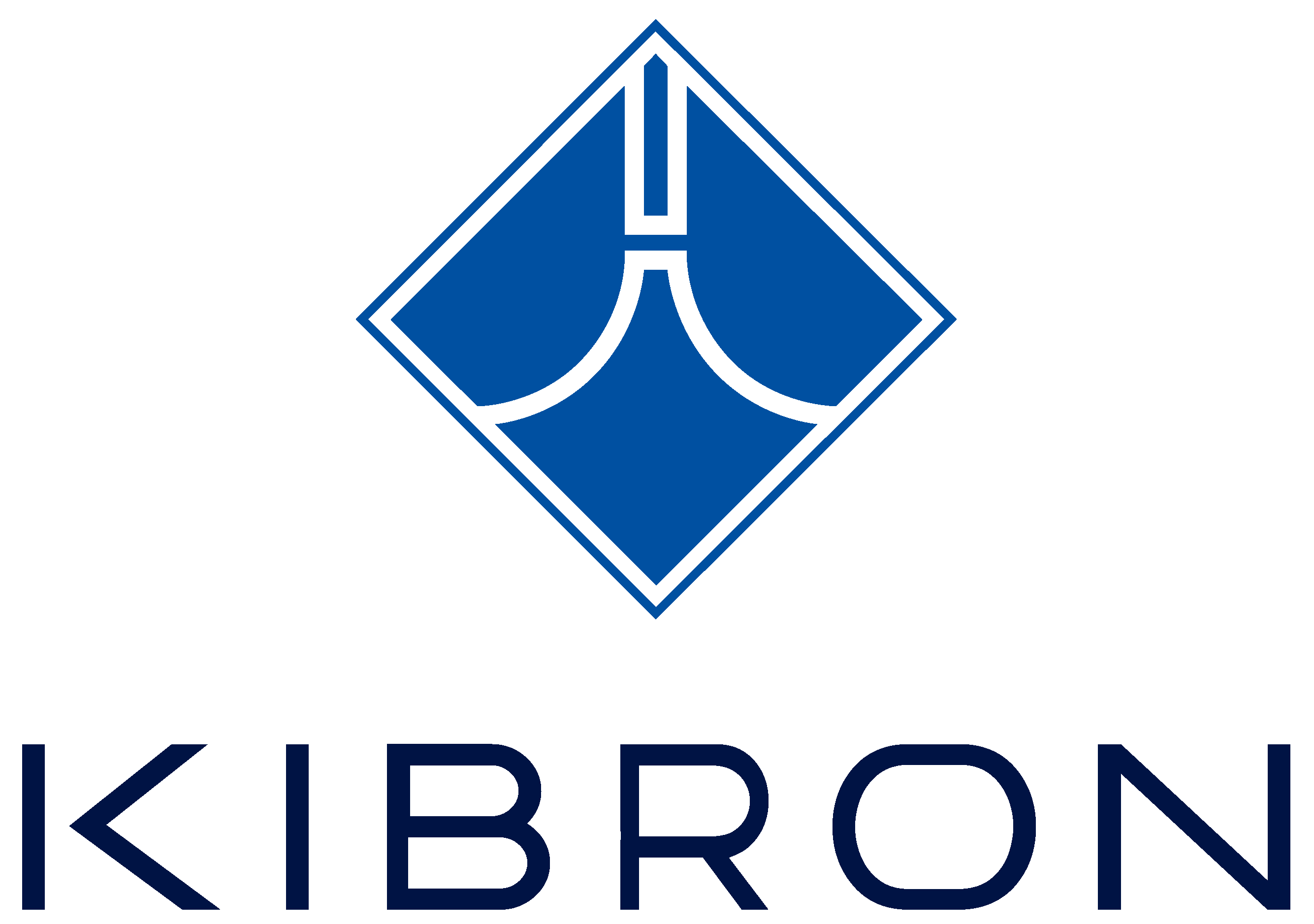Surface tension measurement may be made using a surface tensiometer. Several techniques are described in literature including optical, pressure and force based methods. Inherent to the most precise of these techniques is to measure the weight of the meniscus.
All Kibron Surface Tension measurement devices utilise the idea developed by *Padday et al in the 1970s where a small diameter rod, requiring no geometrical correction factors, is automatically immersed and withdrawn from the sample to be measured. This has been found to be quick, accurate and reliable and allows us to offer compact surface tension measurement instrumentation for surface scientists in research, development and even Quality Assurance (QA/QC)
* (J Chem. Soc Far Trans I 71: 1919-1931, 1974).
Our surface tension measurement approach is simplicity itself: a thin rod (instead of a common ring or a plate) is immersed into the sample and withdrawn, while the force is measured by our high resolution microbalance. The measurement process is automated and fast in all of Kibron’s tensiometers. The advantage of using a small diameter rod is that the ratio between buoyancy force and surface force vanishes as a function of 1/r. DuNouy rings and Wilhelmy plates and rings were origianlly developed 100 years ago to compensate for the poor sensitivity of balances. There is no need for a large perimeter probe with modern opto-electronic balances. Another advantage of the small diameter probe is that equilibration time required for viscous samples scale with the probe size, extending the possible measurement range to samples with viscosities even above 100 000 cP. Below is a shematic illustration of surface tension measurement principle and the forces acting on the probe in a gas–liquid interface. Fp is the force acting on the probe, Fb is the lift due to buoyancy (weight of the displaced liquid), γgl is the surface tension, mm is the weight of the meniscus under the probe (the volume displaced by the probe is included in the meniscus), and γ is the contact angle between the probe and the solution being measured.

Our instruments can calibrated either using a known weigth and probe diameter, or by measuring the surface force of a liquid with known surface tension. The prefered approach is many times to calibrate using a liquid, and logging the calibration coefficients against a known weight calibration.
The Kibron AquaPi, AquaPi Plus and Ez-Pi Plus provide a family of compact, high performance force based surface tension measurement devices for almost any industry.
At the heart of every Kibron surface tensiometer is a high sensitivity, high resolution (better than <0.2ug), optoelectronic microbalance giving unparalleled measurement performance & the ability to make surface tension measurements on very small sample volumes (25 µl – ). The small volume is important for high value research materials, or where the volume is just in short supply.
The rod (DyneProbe) is based on an alloy with a metal oxide surface. The elements in the alloy has been selected to optimize the hydrophilicity of the probe, while maintaining low reactivity. It is for example less sensitive to pollutants with soft electronic character than platinum. Such pollutants include airborne aromatic and sulfur compounds originating from trafiic and industry. Platinum is completely wetted by water only briefly after cleaning! Beneficially the small diameter rod used in our surface tension measurement (the DyneProbe) may be easily cleaned, and re-used just as platinum probes, at a lower expense should the need arise. It may also be used with more viscous samples than are possible with DuNouy rings or Wilhelmy plates. We can provide platinum probes with our instruments as well.

Our wide range of instruments, complementary accessories and expert know how make us the “Go To” people for surface tension measurement
Kibron products for surface tension measurement
